Incorrect installation
The most common mistakes when laying heating cables and mats
A common reason for the failure of underfloor heating to function is non-compliance with basic installation rules. Sometimes, an installation company performs such an obviously unprofessional installation that the investor contacts us with a request for an assessment before covering the floor with screed or sealant. More often, however, there are errors that are not completely obvious and so are discovered only when the heating fails. In such cases, the installation company carried out the installation quite carefully, but the mistakes they made prove that they did not have the necessary experience and unfortunately did not study the instructions.
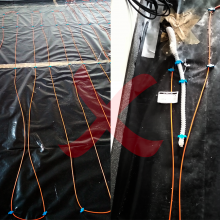
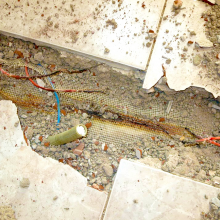
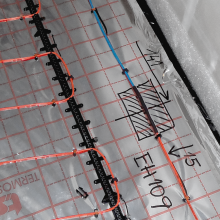
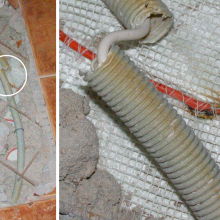
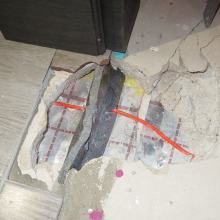
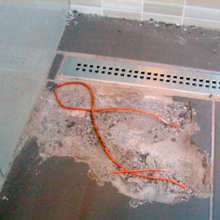
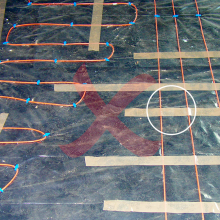
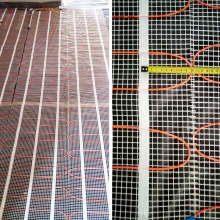
 Heating cables for direct heating systems
Heating cables for direct heating systems Heating mats for direct heating systems
Heating mats for direct heating systems Heating cable for semi-storage heating
Heating cable for semi-storage heating Heating mats for semi-storage heating
Heating mats for semi-storage heating
